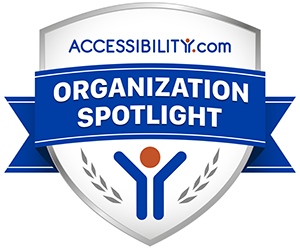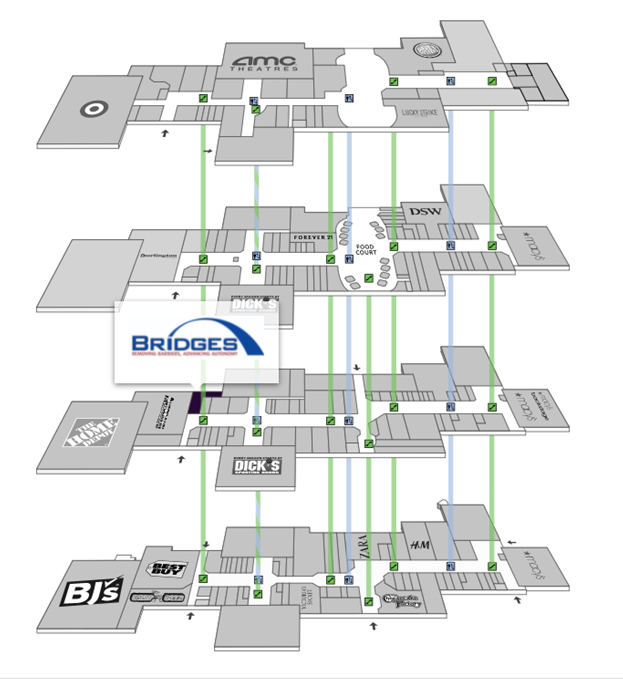Editor’s note: this article was originally published at NextAvenue a division of PBS Twin Cities and reprinted with permission by the author, Reji Matthew, PhD, LCSW.
Finding calm in the pandemic storm of coronavirus is the challenge of the moment across the globe. In my journey as a clinical social work psychotherapist, I have had the privilege of being a part of mental health teams serving the public for broad health crises, such as the HIV/AIDS epidemic, 9/11, Hurricane Sandy and now the COVID-19 pandemic.
National emergencies shatter our cherished sense of normalcy and safety and thrust us all into crisis responses, both individually and collectively. As I think about what has helped on the front lines over the years, for both patients and practitioners, a few things come to mind:
Make Inner Room for Your Emotions
Validate your feelings. When the unexpected shows up in our lives, we will have reactions. Our feelings are among the most innate parts of us; they are automatic. Expect to have a range of feelings about what is happening, and that many more may cycle through you over the course of the pandemic.
The Guest House by Rumi is a poem for this moment, with its idea of feelings as visitors — they will come and go — and that what can bring even the slightest bit of ease during a difficult time is the fundamental recognition of what you are feeling without judgment.
Expect to have a range of feelings about what is happening, and that many more may cycle through you over the course of the pandemic.
Make note of your vulnerabilities and plan for them. The challenges of coping with a prolonged crisis can be a strain on anyone. Are you someone who thrives on being outdoors and isolation would be particularly stressful for you? Do news updates elevate your anxiety to the point of not being able to focus on things that you have under your control? Be aware of these types of vulnerabilities and how best to work with them.
Build in safeguards to manage your emotions. Are you exercising? Are you getting enough sleep? Are you connecting with people who can provide support? All of these can be helpful. Try to reset each night: breathe, stretch, journal, find a mode of expression that allows you to release the stress of the day. Releasing emotional tension each day can reset your central nervous system, activate the relaxation response and cool your mind-body and spirit.
Notice the Signs of Safety Every Day
When a crisis happens, it is normal for our minds to go into the threat response — flight, fight or freeze — and stay there. What can help in cooling down our genetically wired internal alarm clock is to practice noticing the signs of safety every day. Examples:
Take stock of what is working as it should. Notice things such as safe housing, our working utilities or internet access. Public health initiatives are put in place to protect and keep us safe.
Notice the volunteerism efforts underway. For instance, the governor’s office in New York recently asked for mental health practitioners, medical students and retired doctors to provide volunteer aid to a beleaguered health care system. Many people came forward to help.
Look for community initiatives that reflect your values, and think about contributing. Historical moments of great struggle can also be moments of incredible innovation. Participating in a local community effort that aims to counter the loss of the familiar can be a grounding resource to manage prolonged stress.
Anchor Your Day to Anchor Your Mind
Structure your day to anchor your mind to all the things that are meaningful to you. Think of it like a ship sailing in to dock — an anchor is planted to secure the ship in place and keep it from floating away.
The human brain does better when you give it something to look forward to, to count on, to be absorbed in; it likes the outside-in approach. Spontaneity has its place, but creating a healthy structure to your day can both focus your mind and give you enough room for the intervals of rest or play you may desire.
Remember: Social Distancing Is Not Emotional Distancing
Public health officials have urgently asserted that social distancing is the most vital intervention we can all do to stop the spread of the coronavirus. Social distancing is a sacrifice for all of us, but it is important to remember that social distancing does not mean emotional distancing.
With all the criticism of social media in recent years, it is striking how the digital age is saving the day in this pandemic. We have incredible access to each other, unimaginable in decades past. In the last weeks, I have learned about countless ways communities have stayed connected: virtual babysitting, virtual online support groups, theme-centered advocacy meetings, Yo-Yo Ma’s “Songs of Comfort” project and so on.
Try to simulate digitally the type of social engagement that has helped you to be at your best. Or, if you are someone who was lacking in social support, start small in exploring the right platforms for you, such as Facebook, Twitter, LinkedIn, Instagram and video-chat apps, like FaceTime and Zoom. (Next Avenue’s article, “Video Chat Services, From A to Z,” can help.) As you do this, be aware of scams or misinformation; consult with trusted friends and family who have experience.
Acknowledge Your Gratitude
During a crisis, fear can take over, and our perspective narrows. Emergencies do spur painful losses, whether emotional, spiritual, concrete or existential. But ask yourself: What part of my world is still intact?
Think about what makes you feel grateful these days. This mindful gratitude can offer a “landscape perspective,” noting what you do have and savoring it through self-validating acknowledgments: “This is what I do have today; this is what I can count on; this is who is here for me, right here, right now.”
Mindful gratitude is not superficial optimism; it is about keeping the broadest landscape view of a particular moment, which can include the inner and outer resources you may have, along with the adversity.
In this past month, while noting all of the anxiety surrounding me, I wrote to my doctor to thank her for caring for so many vulnerable patients in the community. I also called my local grocer and thanked them for the immense effort that went into making sure the store is stocked for customers.
Being mindfully grateful, in real-time, of all the people working together under taxing circumstances is one way to gain that landscape perspective.
Dialectically Calm: It’s An ‘And World’
In times of urgency, it is entirely understandable that we would feel like there is no reprieve from being in a constant state of emotional distress. Learning the skill of dialectical calm is an invaluable tool; this is the idea that we live in an “and world,” that often we feel many ways about a given moment.
Think about what makes you feel grateful these days: “This is what I do have today; this is what I can count on; this is who is here for me, right here, right now.”
Neuroscience teaches us that a calm immune system is better than a stressed immune system. When we can activate calm, we have better access to our ability to problem-solve, be creative and make better decisions. For example, you can be both calm and anxious or overwhelmed and hopeful or afraid and calm at the same time. I think of firefighters who go in to fight a fire; they may be scared, but they have trained very hard on how to stay calm.
The next time you notice anxiety, take a deep breath and activate calm. Or when the feeling of being overwhelmed floods you, try to acknowledge the steps you have taken to gain control over your day and remember that anxiety and calm can coexist.
It Takes a Village to Care for Each Other
There is no us versus them in the COVID-19 pandemic, and it will take the massive whole working interconnectedly to get through this challenge.
When you wash your hands, commit to social distancing, take care of your health — you are doing it for everyone in your circle and beyond.
A year from now, how will we want to look back at this moment in our history? How did we problem-solve, innovate, work together? How did we evolve as a nation in our response to public health needs?
Flattening the curve together is for all of us.




